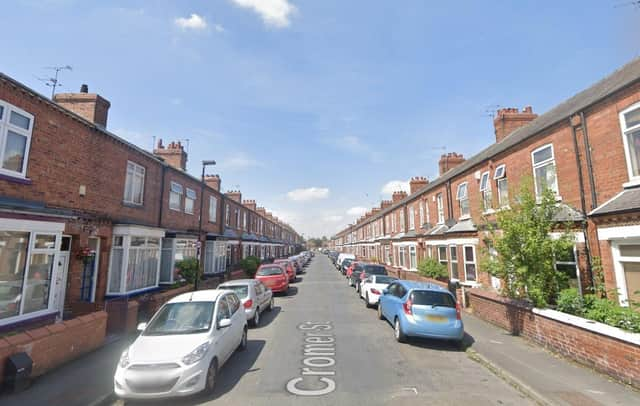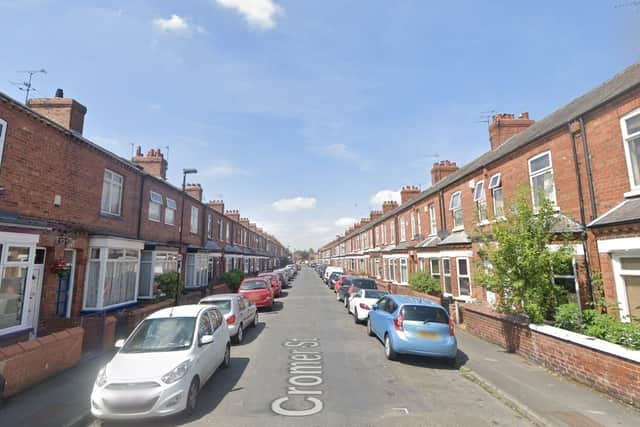Residents 'fuming' in York as student HMO growth leads to ‘noisy parties, congestion and aggressive behaviour’


Students are having loud, late night parties and clogging up the street with cars, according to two women who live in residential homes in Cromer Street in Clifton.
They were speaking as councillors on the planning committee decided whether to approve the change of use of 71 Cromer Street from a family home to a four-bedroom HMO (house of multiple occupation).
Advertisement
Hide AdAdvertisement
Hide AdBridget Cunniff said she “saw red” when she learned about the application, submitted by Emma Cook, around Christmas.


“We already have 10 HMOs in my half of Cromer Street,” Ms Cunniff, who has lived in the street since 1986, said.
“Every house coming up for sale in the street is going to become a HMO. Surely the universities have an obligation to provide accommodation for their students, instead of property developers buying family homes and making a fortune?”
Marie Ponomarenko said there were several unregistered HMOs in the street.
Advertisement
Hide AdAdvertisement
Hide Ad“These student houses do impact our local community with late night parties, loud noise and people smoking and drinking in the street,” she added. “There have been a number of incidents where the police have been called.”
Ms Ponomarenko also said she had been subjected to “aggressive behaviour” when asking people to keep noise down.
York Council policy allows councillors to refuse a HMO application if it will result in more than both 10 per cent of properties within 100 metres and 20 per cent of properties within a neighbourhood being a HMO.
The application, which was approved, takes the percentage just above the street threshold but still significantly under the neighbourhood threshold.
Advertisement
Hide AdAdvertisement
Hide AdCouncil officers said in their report: “Whilst there may be a small concentration of HMO properties around number 71, this in itself is not considered to tip the community from balanced to unbalanced.
“The change of use of this property would not have a significant negative impact on the balance of the local community.”
The application was opposed by both Clifton councillors, Danny Myers and Margaret Wells.
Coun Wells, who moved to the area in the 1980s, said the growth in HMOs was negatively affecting Clifton.
Advertisement
Hide AdAdvertisement
Hide AdShe added: “Cromer Street had a real community feel about it. There were family homes – young people who had bought their first home, parents with children and older people who had lived there for years.
“People knew their neighbours and looked out for one another – they cared about their community and their neighbours.”
The planning committee voted narrowly to approve the application, with the casting vote of chair Coun Andrew Hollyer.
Coun Jonny Crawshaw argued that it should have been refused as all councillors voted for a motion in December 2021 which said the street threshold should be cut to five per cent.
Advertisement
Hide AdAdvertisement
Hide AdHe added: “It was a clear statement that we wanted to have control over how streets and areas were developed.
“HMOs can cause a massive negative impact to the existing community.”
This motion was not taken forward by Liberal Democrat and Green councillors on the executive committee, however.
Coun Rachel Melly argued the committee had to work with the existing policy.
“Tipping slightly over that threshold alone isn’t enough to refuse a planning application,” she said.